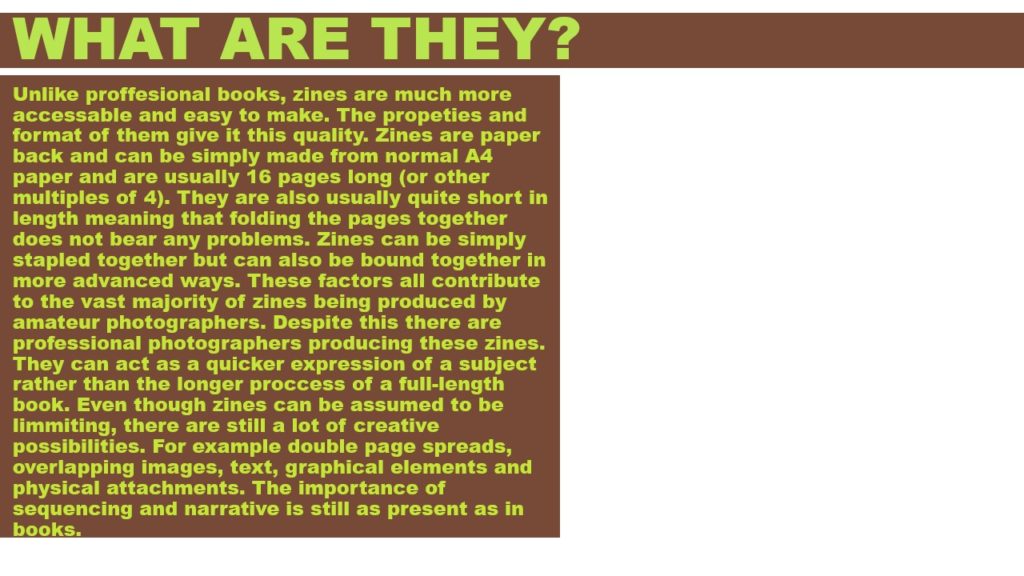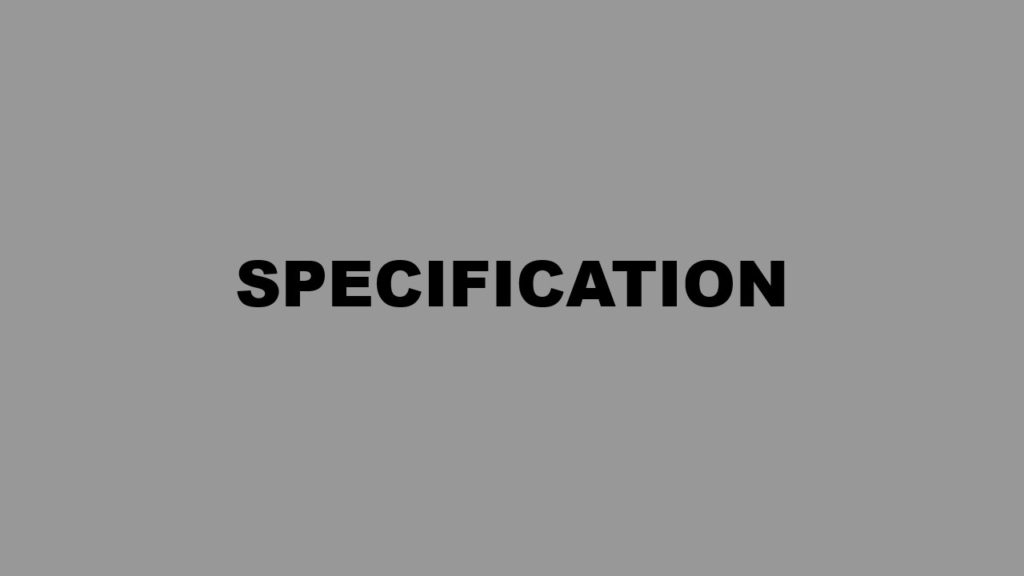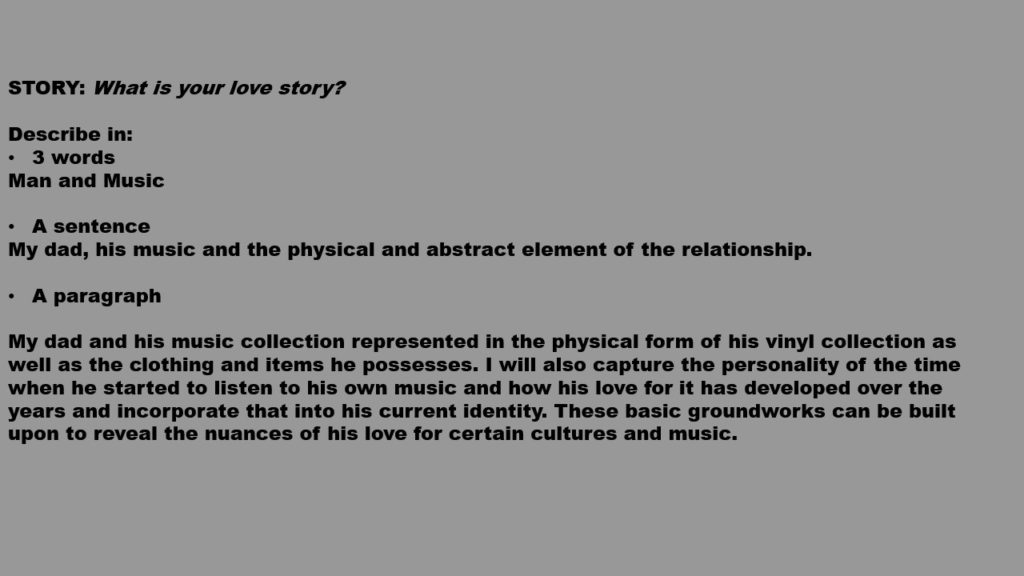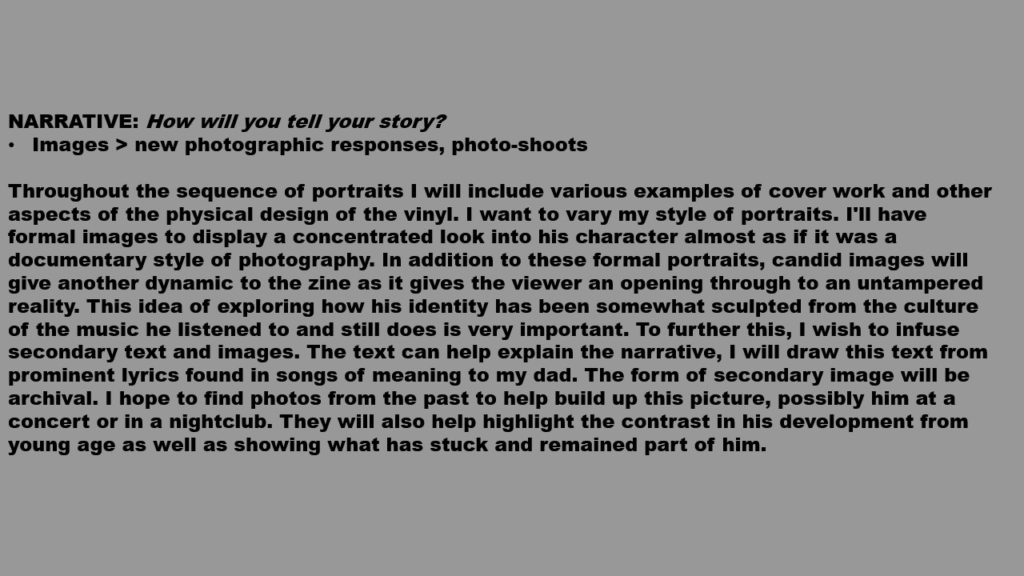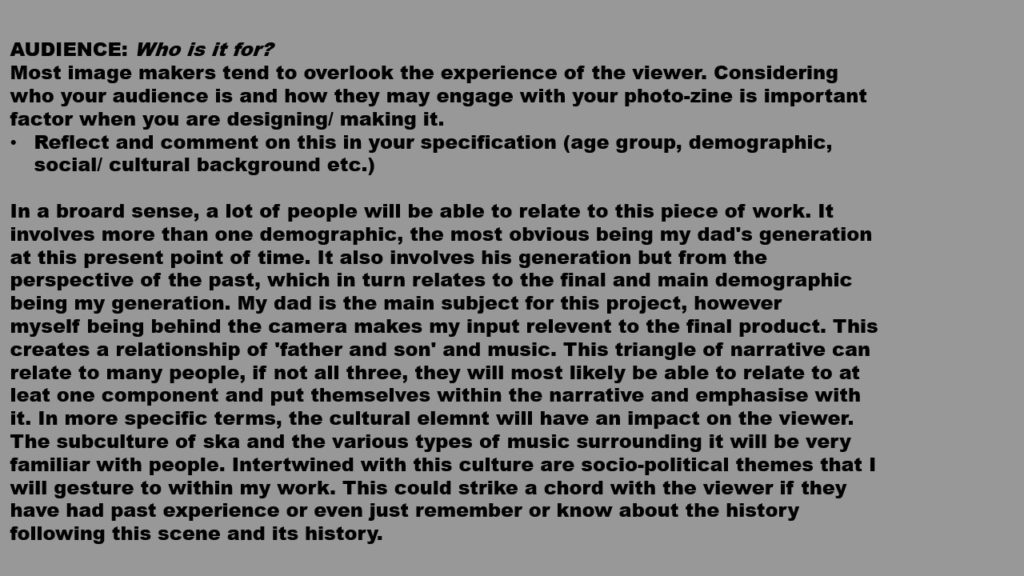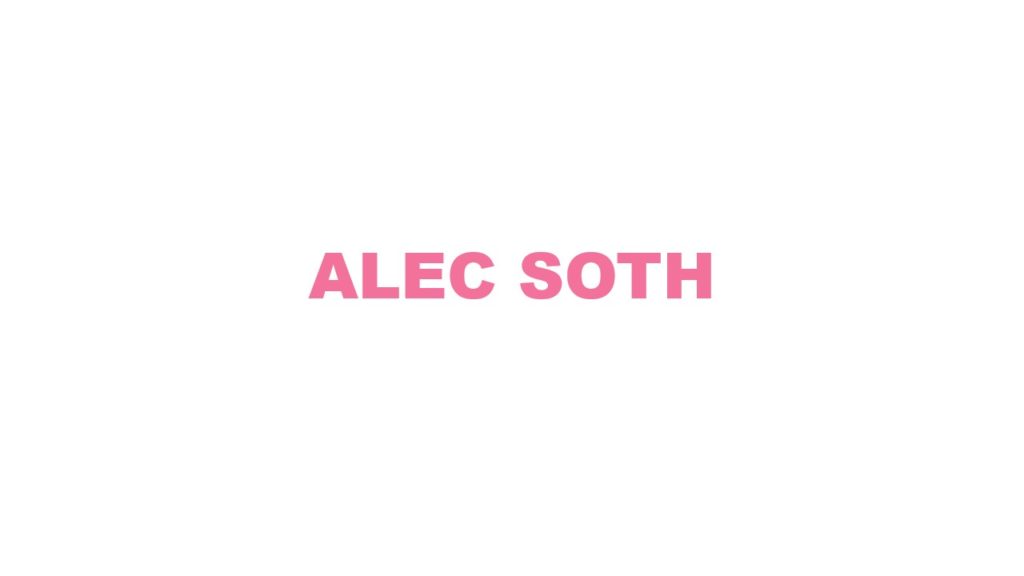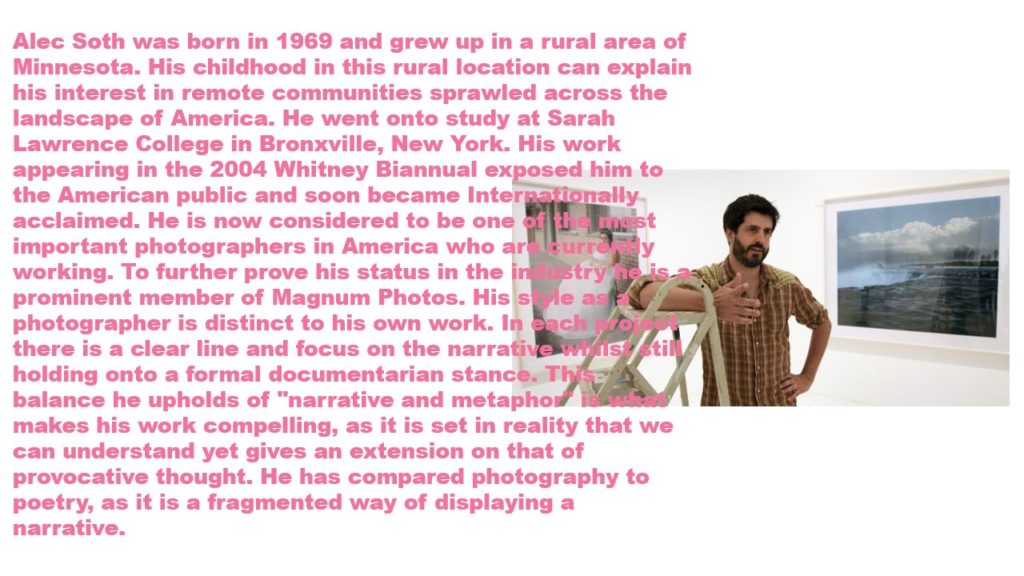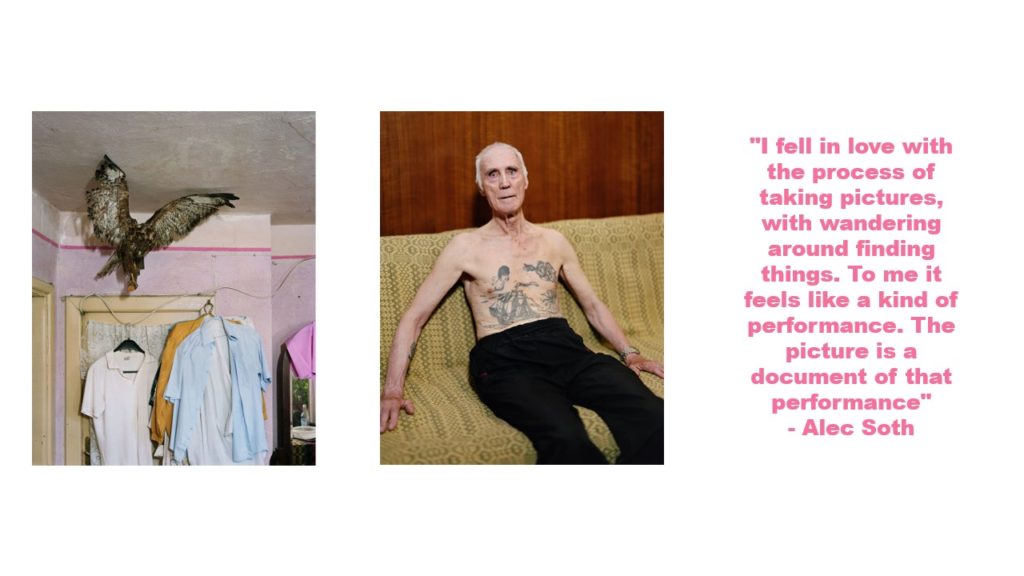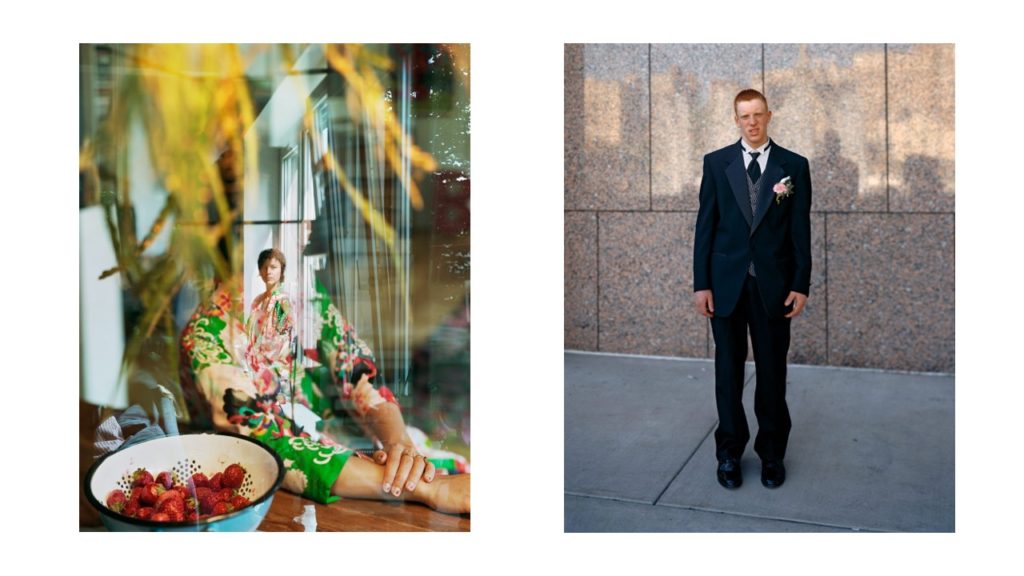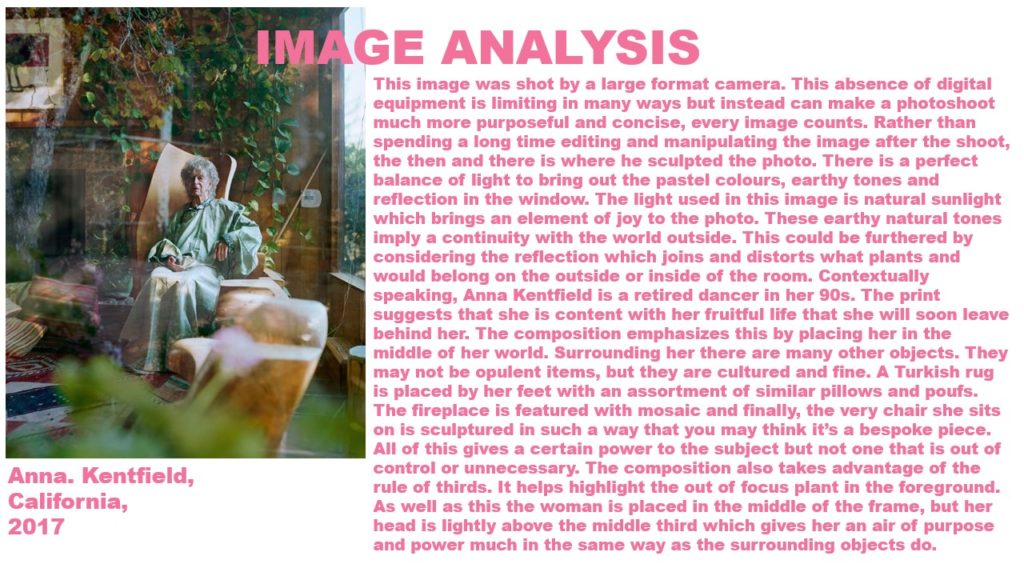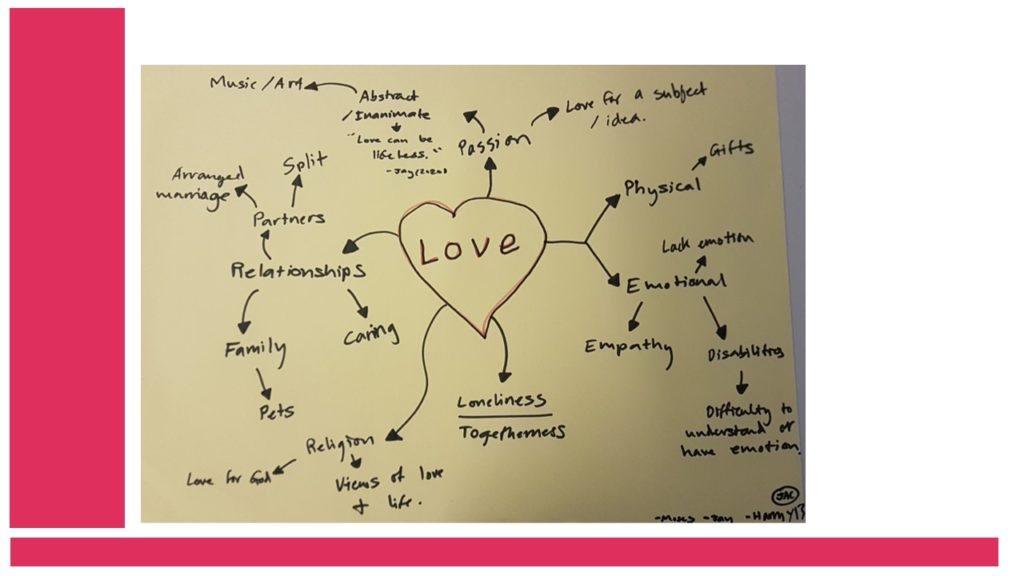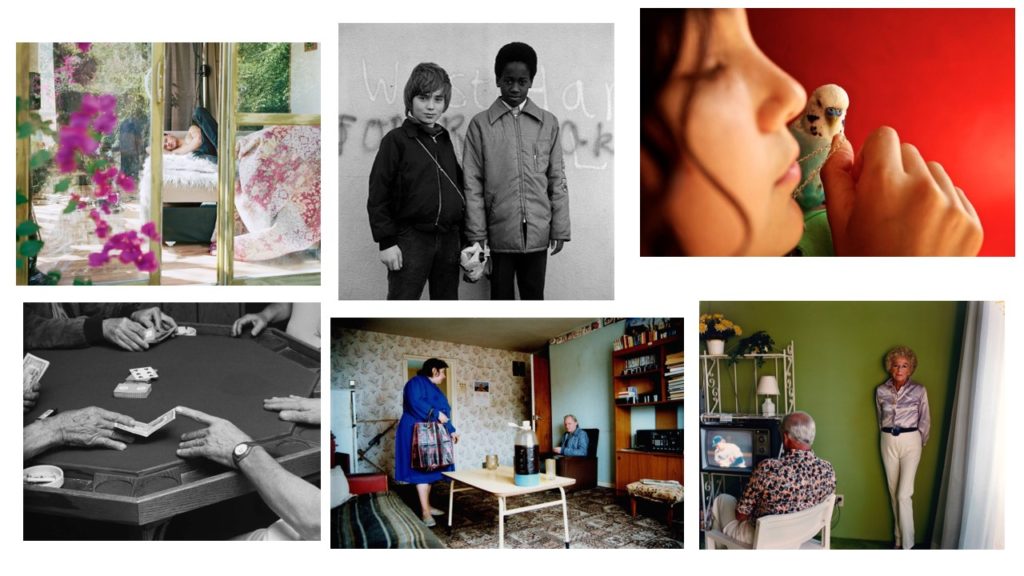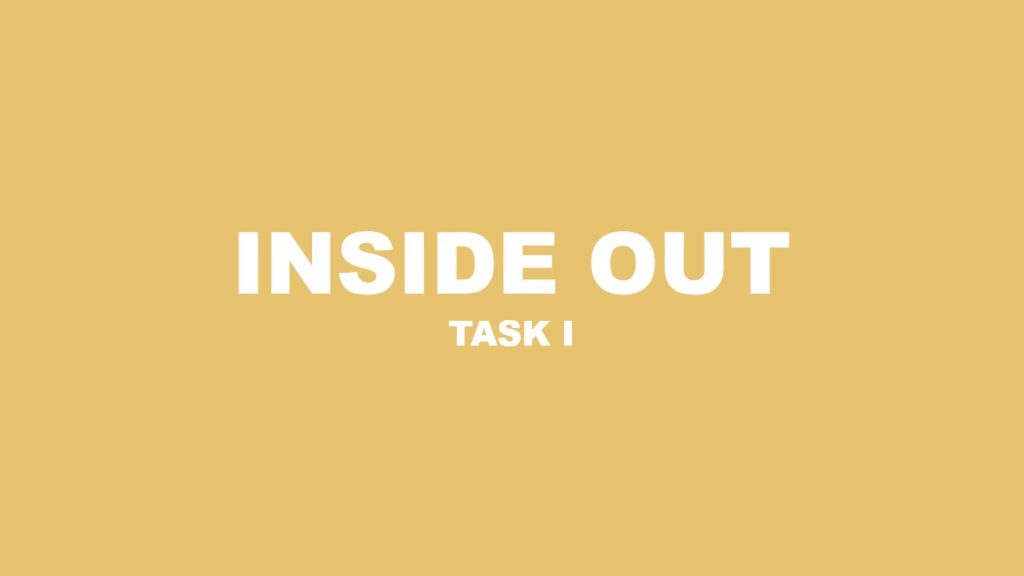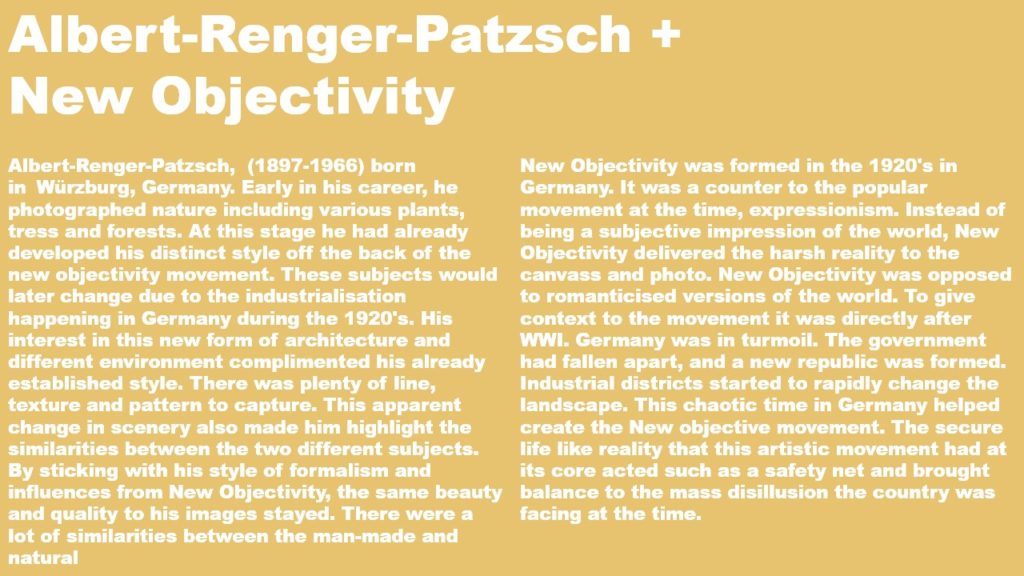All posts by Moses P
Filters
Identity politics and culture wars
Identity politics is a currently controversial political outlook. Oppose to the philosophy of individualism and the approach of implementing broad changes across the board, identity politics takes the view of grouping certain demographics together. These groups will be exclusively part of socio-political legislation, schemes and laws as well as cultural changes accepted by the majority of the public. Identity politics is a big talking point in the U.S.A. A huge element of this is based on race. There is a culture in America that normalizes the frequent use of labels (e.g. African American). Contextually, it was only in the 1960’s/1970 the black population became equal in the eyes of the law and government. This is a recent date relative to the time scale of politics and culture. This means that after the law is finally ‘fixed’ the next step is for society and culture to catch up. Most people would argue this is still taking place today in America. For example, there is still deep rooted racism in the police force, so deep that most of the police officers are unaware of their wrong doings. The geology of inner city suburbs also show such a divide of who is in poverty and who is not. These factors are derived from the more serious problems from the past (e.g. slavery) that have trickled down into these problems that are still prevalent. This is where identity politics comes in. People believe that there should be more implementation of support to certain social groups that have been oppressed or still to this day are being oppressed. On the surface this ideology seems to be an obvious morally correct stance. However there are other arguments that are made regarding this, one of them being that it may exclude the idea of the individual , thus forming unnecessary stereotypes and intensified political divide.

With the world becoming increasingly globalized, there has been an increase in migration and movement in labor forces. This has resulted in the already diverse world becoming even more diversified in different cultures. Not only immigration but already existing cultures that originated up to a century ago and cultures that have always existed to a certain extent like the LGBT community are also involved in the diversification of culture. These sections of the the population have spoken up during recent decades, especially, as well as there opposing sides. This creates culture war. Even though there may be a lack of tanks and artillery on the battlefield, the issues are just as serious and there is still a presence of violence. The culture wars are closely intertwined with identity politics. Culture wars is what sparks the flame for protests and rebellion on the platform of identity politics. It can be a dangerous game to play when groups of the population become tribal and aggressive to other ‘tribes’ even though it is not themselves that gave them or the opposing ‘their’ labels. This problematic factor provokes the question whether identity politics is the right way forward or at least where the line should be drawn in the sand.

InDesign
InDesign is a program to organize and compile your work into a single document to be printed in your chosen format. In this case the aim is to make a 16 page zine which contains a clear narrative.
The first step of the process is to create the document to your tailored liking. This includes formatting such as size of page, how many pages, margins, the bleed and the gutter.

The bleed can be seen on the outer edge of the two pages. The purpose of this is to ensure that if an image is placed full size on the page(s) it won’t leave a thin white gap in between the edge of the page and image. There are evenly spaced margins on each page, in the purple lines, to maintain a structure throughout the zine and to vary from placing full bleed images. The line in the middle represents where the pages meet and create a slight distortion to an image if it is spread over both of the pages. This has to be taken into consideration when arranging the images. For example if the line cuts across an important section of a portrait such as the eye, it would be better placed somewhere else. The blue lines on the page is the frame tool selection(F). Similar to a text box in Word, this tool is used to create your desired frame for an image to be placed in. You can chose to place it in various way; either full bleed, to the margins or any other custom placement. Using Ctrl+D, brings up the files to select your desired image. Once the photo has been chosen, the next step is to fit the image. There are two main types of fitting. The first is to fit the frame proportionately to the content which may cut a bit off the image but still keeps the exact dimensions of the original frame. The other is to fit the content proportionately to the frame. This option ensures that all the content is visible but does not ensure that the frame will remain the same size.


As well as adding images to the zine, text is another element of the sequence. It is useful to insert context to images and quotes or thought to go alongside images to give them a new dynamic. The title is also an important feature that requires text.
Specification
Artist ref.1
Love
Iconic image Essay: In Progress

Alberto Korda- Guerrillero Heroico (1960)
What Makes an Image Iconic?
This snapshot portrait of Che Guevara is arguably one of the most iconic images taken in recent modern times. The majority of the world’s population will recognize it to a certain extent. However, why and what makes it so iconic? Perhaps an image of Martin Luther King giving his famous “I have a dream speech” should be more iconic due to its maintained relevance to society and its obvious meaning which comes alongside it. Or on the contrary, is this what gave the image of Guevara it’s status? The illusive and easily appropriated nature of the photo is why it is so far spread. A quote from a passage in “Why is it famous” written by Susan Bright states: “What is the social value of the image…does it reinforce or undermine dominant ideologies”. In my opinion the image neither undermines or dominates current ideologies and yet does both, this is what gives the graphic image the power it has. Its flexibility gives it the power of being socially valuable. Its heavy weight can be shifted in many directions, especially over the length of time this photo has been relevant.


